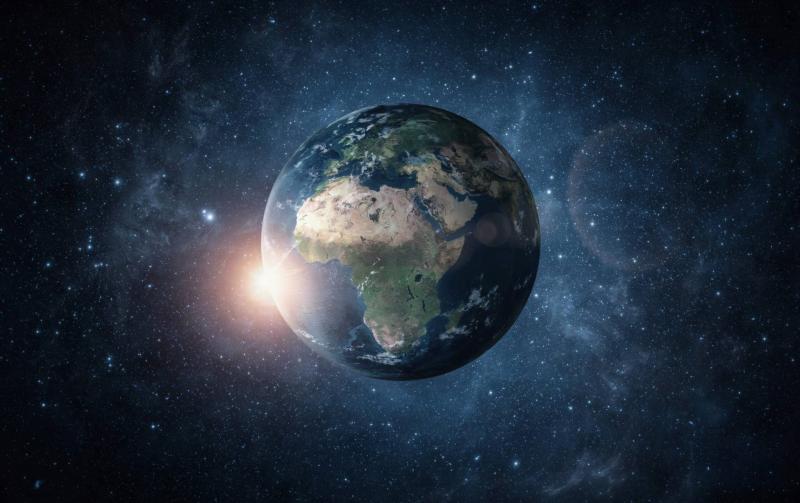A study has found that the oldest continents in our galaxy may have originated 5 billion years before the Earth appeared, suggesting that there may be multiple worlds in the Milky Way that harbor alien life, potentially more advanced than our own. Astrobiologists indicate that "a planet needs certain features to support life: oxygen in its atmosphere, which protects living organisms from dangerous radiation, and liquid water as a starting point." While plate tectonics is not strictly necessary for life, Earth's history shows that it is important for the flourishing and long-term existence of living beings. Therefore, if there are continents on an exoplanet that existed before Earth, it implies that there may be older and more advanced life on that world.
Plate tectonics plays a crucial role in regulating Earth's temperature by allowing heat to vent from the core; excessive heat in the core could hinder Earth's protective magnetic field. However, some research indicates that tectonic plates were not very active billions of years ago when life first appeared. As a result, plate tectonics may not be essential for initiating life but could be necessary for life to continue and evolve into more complex organisms like humans.
This scientific inquiry led Jean Graves, an astronomer at Cardiff University in the UK, to address the question: When did the first continents appear on a planet in our galaxy? It was found that two continents from exoplanets may have likely formed four to five billion years before Earth. Graves wrote in a study published in the Research Notes of the American Astronomical Society that "if life on another planet began five billion years ago, it is likely to host more advanced life than ours." Continents are formed through plate tectonics, the movement of tectonic plates that float above the molten interiors of a planet.




